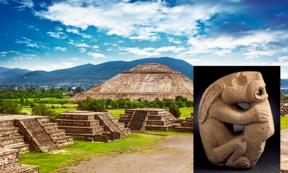8 November, 2016 - 16:49
ancient-origins
27 Little Known Facts About Teotihuacan
Teotihuacan is one of the largest and most important sacred cities of ancient Mesoamerica, whose name means "the city of the gods" in the Nahuatl language of the Aztecs. It once supported an...
- Read Later
- Read more about 27 Little Known Facts About Teotihuacan
- Log in or register to post comments

























![Top left section detail of (1593) [The Codex Quetzalecatzin]. [Mexico: Producer not identified] [Map] Retrieved from the Library of Congress.](https://www.ancient-origins.net/sites/default/files/styles/teaser_optimized/public/field/image/Library-of-Congress-Obtains-Mesoamerican-Map.jpg?itok=Mxe4LmaB)












